& Construction

Integrated BIM tools, including Revit, AutoCAD, and Civil 3D
& Manufacturing

Professional CAD/CAM tools built on Inventor and AutoCAD
4 min read
Since its introduction in 2012, the Dodd-Frank Act of 2012 or Conflict Minerals Law has had a long and windy road of adoption in the electronics industry. And as suppliers and manufacturers struggle to make sense of their supply chain, you might be wondering what’s in it for you. After all, the designs you create every day include many of these now scrutinized materials.
Could this new law affect your job? Learn everything you need to know about the Conflict Minerals Law so that you can be an informed electronics designer.
Conflict minerals are defined as minerals that are being mined in areas where human rights and abuses occur, specifically in the Democratic Republic of the Congo (DRC). The focus of the Conflict Minerals Law centers around four primary minerals:
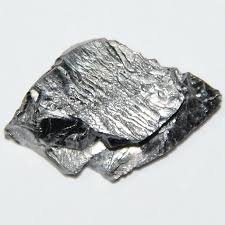 |
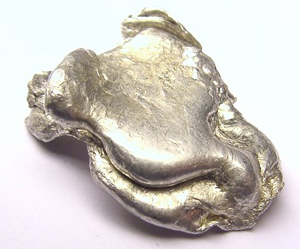 |
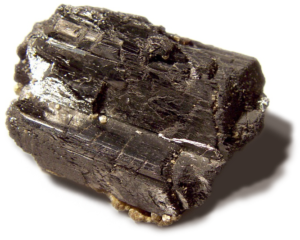 |
 |
| Tantalum | Tin | Tungsten | Gold |
| You’ll find this metal used to create electronic components in smartphones, computers, video game consoles, and more. | This metal is used in virtually every printed circuit board for plating and the soldering of electronic circuits. | You’ll find tungsten in widespread use in metal wires, electrodes, and contacts for electronic, heating and lighting equipment. | The most well-known of them all, and also the rarest, you’ll find gold used in electronic, communications, and aerospace equipment. |
It’s pretty clear to see just how much the electronics industry depends on these minerals for the production of virtually every gadget we take for granted. Take for example these common, everyday devices that you might design or use:

Video game console rely on all four of the conflict minerals for their primary electrical connections and features.

The world-renowned smartphone uses gold in its SIM card, Tungsten for vibration, and Tin and Tantalum for wireless communications.
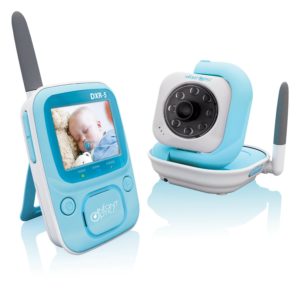
Keeping tabs on your newborn requires both Tungsten and Tantalum for wireless communications.
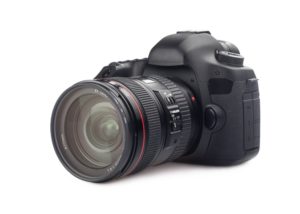
Snapping that next photos was done with thanks to Tantalum Oxide, which makes a camera lens more robust and accurate.

Next time you’re out for a spin remember that your car’s GPS and ignition system uses Tantalum.
It’s now the responsibility of every public company in the electronics industry to fully map their supply chain and disclose any findings of sourced conflict materials. Here’s what we see changing as the industry moves forward with a better understanding of how to handle the intricacies of this law:
Expect to find many manufacturers providing UL approved circuit boards with not only REACH and RoHS certifications, but also a conflict-free stamp of approval. This shift has already gained traction, and we expect it to be another necessary certification that all fab houses will need to provide moving forward.
 |
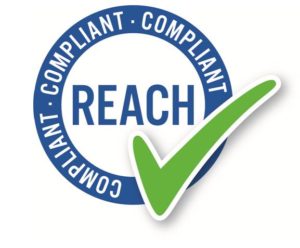 |
 |
It’s already happening. Back in 2014 Apple fully transitioned to a conflict-free supplier source for all of their tantalum with plans to push their gold, tin and tungsten suppliers to follow suit. In 2017, the trend continues with Intel vowing to become the first semiconductor company to achieve a conflict-free status. The more significant players that adopt a conflict-free business practice, the sooner the industry as a whole will embrace it, and that’s a good thing.
While only public companies are required to report supply chain findings, privately held organizations will be just as tightly connected to this law. For those of you running your PCB design firm, expect your publicly-traded clients to start requiring a conflict mineral-free status from you if they haven’t already.
The days of ‘just’ designing electronics are largely over, and you most likely have your hands in many aspects of the bigger picture including part sourcing, fabrication and maybe even lifecycle management. Here are three ways the Conflict Minerals Law might affect your job:
 Vendor selections. Are you in charge of selecting and maintaining relationships with your manufacturing vendors? If so, expect your company’s legal team to start requiring conflict-free fab houses. This could mean a change in your PCB manufacturer if necessary, and even your budget.
Vendor selections. Are you in charge of selecting and maintaining relationships with your manufacturing vendors? If so, expect your company’s legal team to start requiring conflict-free fab houses. This could mean a change in your PCB manufacturer if necessary, and even your budget.
More ![]() documentation. Plan to spend a little more time on your design documentation, as you’ll now need to include that final stamp of approval alongside REACH and RoHS to push your project out the door.
documentation. Plan to spend a little more time on your design documentation, as you’ll now need to include that final stamp of approval alongside REACH and RoHS to push your project out the door.
 Alternative materials. As companies become more environmentally conscious, you might just find yourself using new materials that aren’t sourced in conflict areas. Anyone care for a biodegradable PCB?
Alternative materials. As companies become more environmentally conscious, you might just find yourself using new materials that aren’t sourced in conflict areas. Anyone care for a biodegradable PCB?
The next time you sit down to design a PCB, we hope you might do so with a new perspective on how intimately connected your job is to the bigger picture. All those bits and bytes on your computer need to made into a physical product, and it takes an entire network around the world to make it happen. Remember, there was a fellow human somewhere down the line digging in the trenches, and we think the Conflict Minerals Law is a step in the right direction for both humanity and the environment.
Like RoHS or REACH, the Conflict Mineral Law is here to stay. The next time you ring up your manufacturer, be sure to ask if they’re conflict-free. Together we can change the world.
Try EAGLE for free today and start designing that change today.
By clicking subscribe, I agree to receive the Fusion newsletter and acknowledge the Autodesk Privacy Statement.
Success!
May we collect and use your data?
Learn more about the Third Party Services we use and our Privacy Statement.May we collect and use your data to tailor your experience?
Explore the benefits of a customized experience by managing your privacy settings for this site or visit our Privacy Statement to learn more about your options.